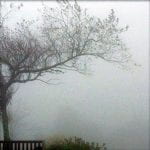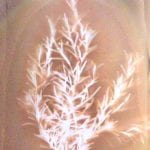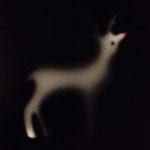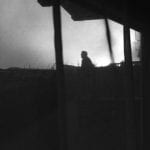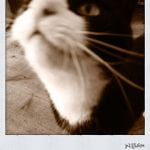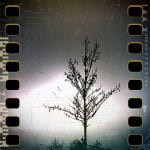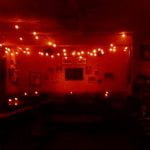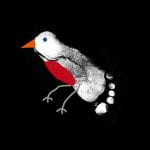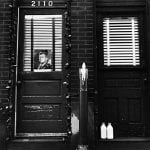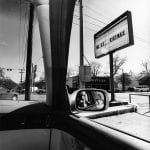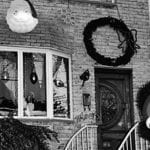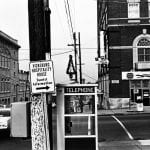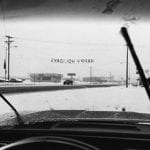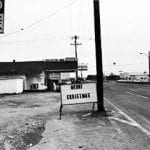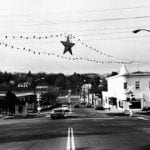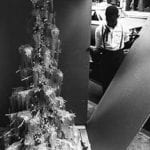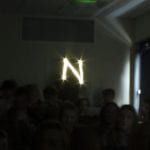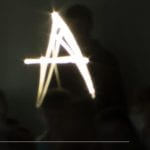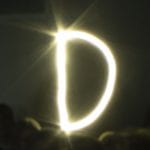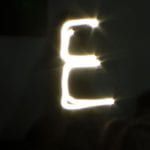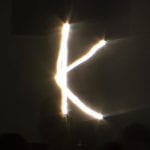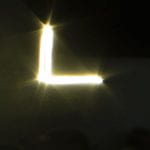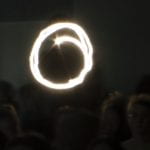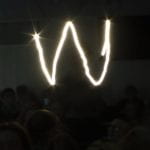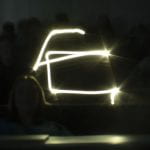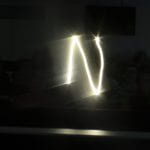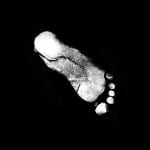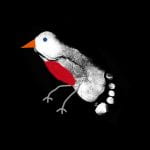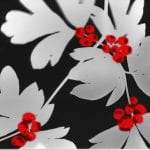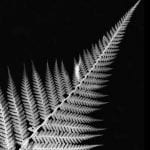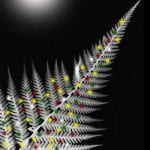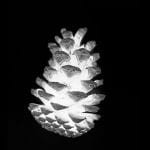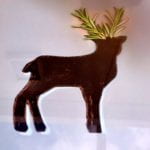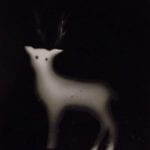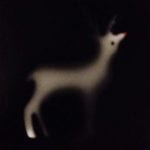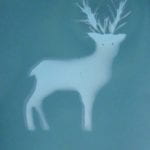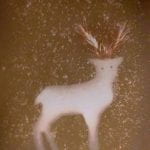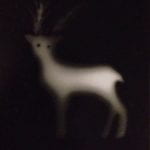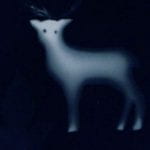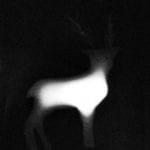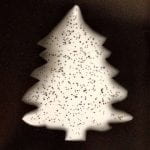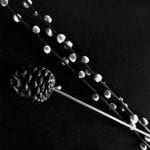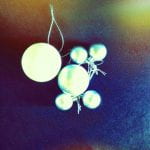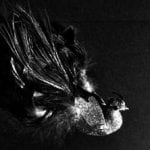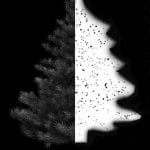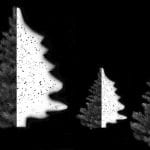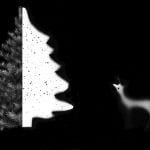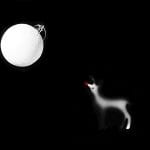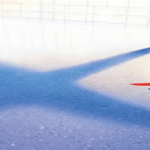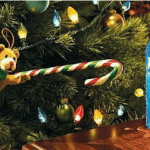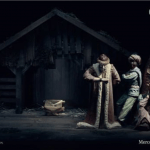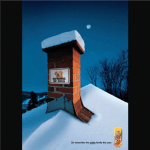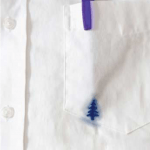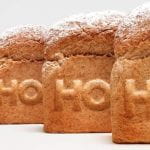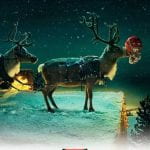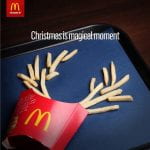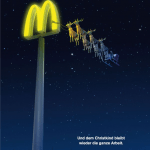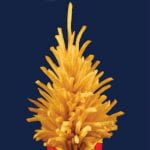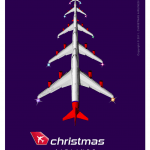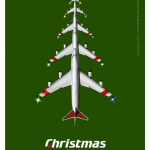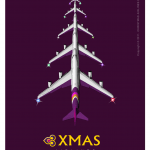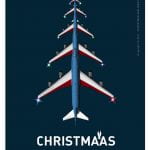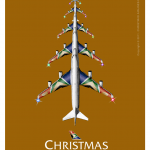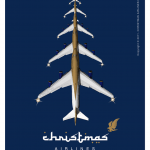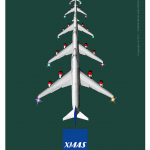tis the season to be jolly: 6 Christmas Themed Photographic activities
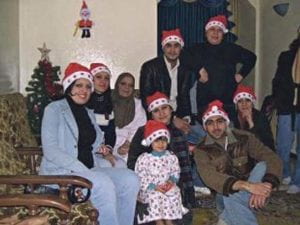
These adaptable Christmas themed activities introduce participants to a range of quick and easy ways of engaging with photographic processes and also producing Christmas cards and decorations.
Using a semiotic apporoach, older participants could also be encouraged to reflect on the representation and advertising of Christmas and (potentially) different readings of these.
*These activities could also be adapted for Easter, Halloween etc.
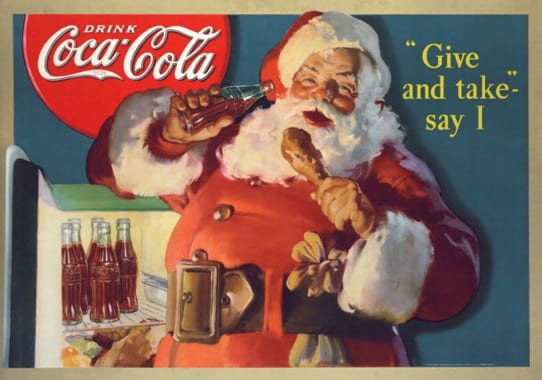
1: The 12 days of Christmas: adaptable
Session overview:
- Every day – for 12 days – participants will photograph an object / create a scene which they feel relates to a Christmas heading / captiion / song etc.
- These should be provided in advance (with dates) and participants should concentrate on one ‘caption / quote’ for each day.
- These can be mixed up amongst a class group / more than one participant can work on the daily ‘caption’ at one time.
- Participants should independently research the work of Lee Friedlander – Merry Christmas from Lee Friedlander (2011) at the Janet Borden Gallery, NYC.
- Upload daily to Instagram / Twitter / social media platform
some Example Christmas captions to work from:
-
- All I Want for Christmas
- Tis the Season to be Jolly
- Silent Night
- We Three Kings of Orient are
- Down in Yon Forest
- The Friendly Beasts
- Good King Wenceslas
- The Holly and the Ivy
- i Wonder as i Wander
- O’ Holy Night
- Rockin Robin
- O’ Christmas Tree
suggested output: daily (clASS) Instagram
Additional activity ideas:
- Run a Christmas Treasure Hunt: Find and photograph a ‘present’ every day for 12 days. Who is it for?
- Pinhole Christmas: Make a Pinhole Camera: Expose the scene for 12 days
Research: The Work of Lee Friedlander
THESE Sessions could be adapted from:
Advertising forms a system of meaning… The viewer sees all advertisements as one, or rather sees their rules as applicable to one another and thus part of an interchangeable system’ (Williamson, 1978, p.13)
2: twas the night before chrstmas: Light-writing

Session overview:
- Participants will ‘light write’ / trace a portrait / object / scene / message which they feel relates to Christmas
- Practice Light Writing techniques
- Identify participants choice of approach / subject / message
- In small groups participants help each other produce thier image
- Print and make into Christmas cards (using A4 folded card)
suggested output: christmas cards
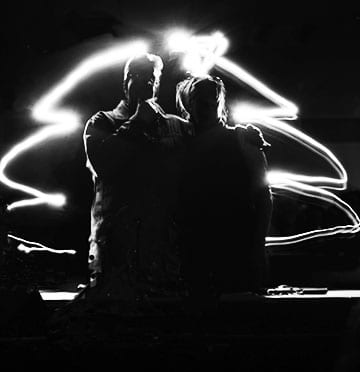
Additional activity ideas:
- The Travels of Rudolph: Using Google Maps identify locations and make light writing pictures of the best present he is dropping off at this location. Why?
- Class / Family Message: With one letter per ‘model’ each traces out the letter of the message (e.g. Merry Christmas will need 14 ‘models’ and a photographer) *this can also be done with 1 ‘model’ and stitched together using Photoshop or as a multiple exposure.
THESE Sessions could be adapted from:
- Photo + Graphy = Light + Writing
- Down the Rabbit (Pin)hole
- A Walk on the Wild Side
- Only the Sun – lumen Printing Post to come
‘By the word reading we mean not only the capacity to identify and decode a certain number of signs, but also the subjective capacity to put them into a creative relation between themselves and with other signs’ (Hall, 1999, p.514)
3: Rockin’ Robin: Photograms
session overview:
- Participants will brainstorm and list typical Christmas scenes and objects *use Christmas cards etc for ideas
- Identify objects that could be ‘transformed’ into the scene though drawing / painting / placing cut outs on the image *Image manipulation software would also work here
- Print to size and make into small Christmas decorations (using cardboard / wood slices / cup coasters and string)
suggested output: Chrismas decorations
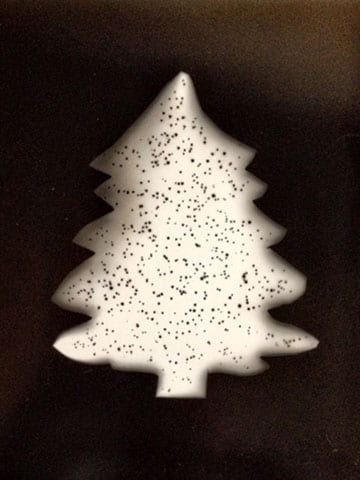
Additional activity ideas:
- A Christmas Scene: Using christmas cards, cut out the shapes of different objects and make a ‘new’ photogram / lumen Christmas story
- Pinhole Christmas: Make a Pinhole camera. Use the resulting images to think of Christmas scenes you could ‘make’ from them by painting / drawing on them.
THESE Sessions could be adapted from:
- Sculpted by Light
- Only the Sun – Lumen Printing Post to come
- Down the Rabbit (Pin)hole
‘There is one lesson we can learn from photographs: images exist not to be believed, but to be interrogated’ (Grundberg, 1999, p.273)
4: Rudolph the Red-Nosed Reindeer (and friends): typologies
session overview:
- Participants will brainstorm and list small ‘typical’ Christmas objects *use Christmas cards / adverts etc for ideas / a single object could be photographed in different ways
- Collect the objects
- Photograph them as neutrally as possible (using a piece black velvet as a backdrop or curved A1 card as an ‘infinity curve’)
- Print and stick onto card. Make your accordian fold out card (of at least 3 of the objects)
suggested output: christmas accordian card
Additional activity ideas:
- Christmas Nativity: Find Christmas themed minature models and objects. make a story / nativity and photograph it. What is its story?
- Christmas Object: Give each participant / group one ‘Christmas’ object. What else could it be used for?
THESE Sessions could be adapted from:
‘Messages are socially produced in particular circumstances and made culturally available as shared explanations of how the world works. In other words, they are ‘ideologies’, explanatory systems of belief’ (Goodwin & Whannel, 2005, p.60)
5: O’ Christmas tree, O’ Christmas tree, how faithful are thy branches: Collage
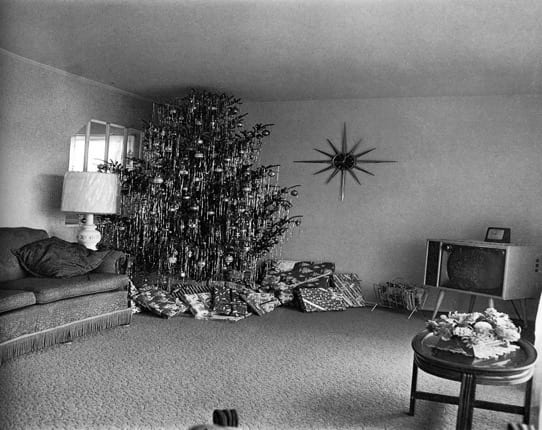
session overview:
- Participants will find / take a straight photograph of a ‘typical’ Christmas scene *this could be a constructed family portrait
- Shoot the scene in parts / use Photoshop or a photocopier to enlarge different aspects / areas of the scene
- Collage these photographs together into a grid or joiner *Scale is an important consideration here
- Re-photograph and print
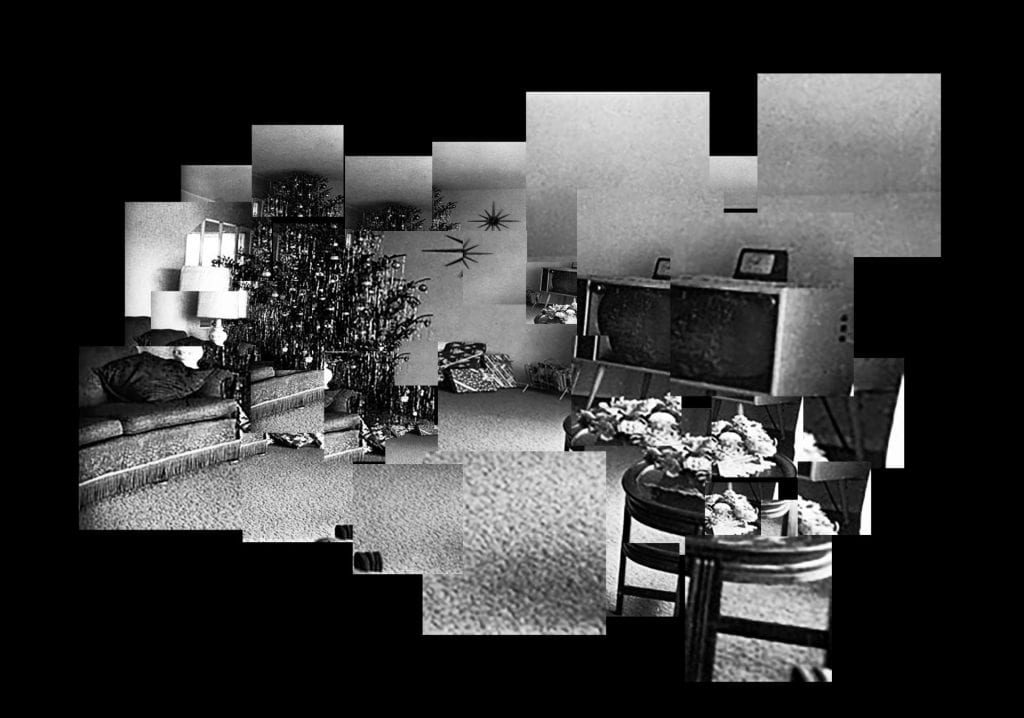
suggested output: christmas print
Additional activity ideas:
- Dual Christmas: Find a photograph / image of a typical Christmas scene / object and take a photograph to make the ‘another half of the scene’ *This could be expanded to consider scale and additional collage in creating the ‘scene’
- Merry Christmas from Me: Make a collage of a Christmas scene using found photographs / Christmas cards / objects / or draw a scene on the ground. Using yourself (either photograph yourself or use your shadow etc) position yourself ‘into’ the scene.
THESE Sessions could be adapted from:
‘Advertisments present an abstract world, often a fantastic one, that is situated not in the present, but in an imagined future’ (Sturken & Cartwright, 2009, p.265)
6: The wisemen saw (or did they?): digital / stop motion / moving image
session overview:
- Participants will examine / analyse a range of Christmas adverts
- Using a selection of objects, participants will shoot thier own Christmas advert. Who is it for? What is it’s message?
- Use Photoshop to add text / logo’s *collage could also be used here
- Print and critique
Presentation Ideas: Christmas adverts
Project Ideas: Christmas Airlines
suggested output: christmas advert (still or stop motion / moving image)
Additional activity ideas:
- A (Moving) Merry Christmas: Make a stop motion GIF (telling a story through multiple photographs of objects / quick succession photographs of a narrative). Some instructions on making GIF’s in Photoshop can be found here
- Once Upon a Time (at Christmas); Devise a Christmas story / use christmas carol lyrics and illustrate this narrative in 6 photographs (individually or as a group) to create a narrative. Make a handmade book and add text.
THESE Sessions could be adapted from:
- Product / Product Image – Semiotics Post to come
- So Many Books, So Little Time
